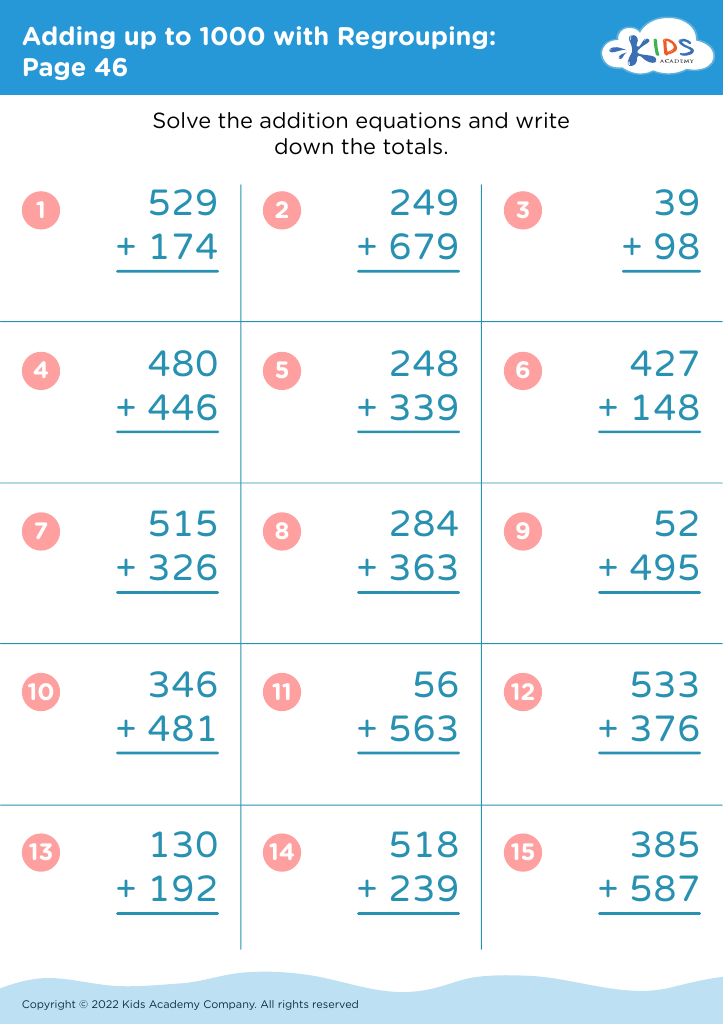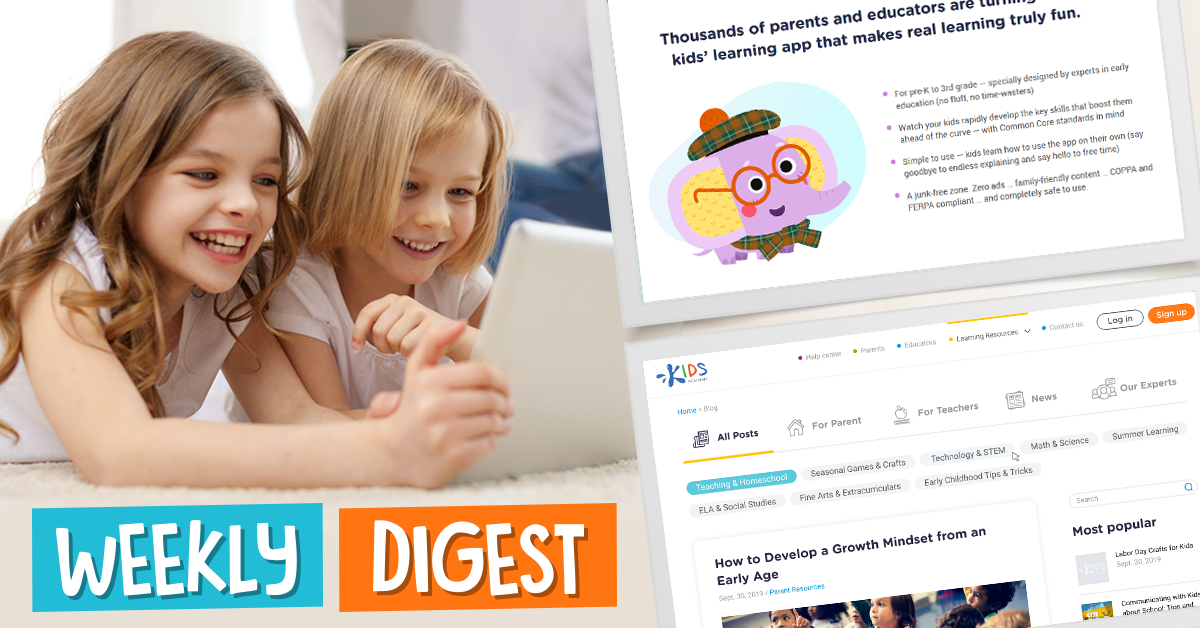Develops inference skills Worksheets for Kids
1 filtered results
-
From - To
Question/Answer
How to test a Grade 2 student’s Develops inference skills?
To test a Grade 2 student's inference skills, provide a short story or picture, and ask questions that cannot be answered with direct information from the text or image. For example, after reading a story about a character wearing a coat and shivering, ask, "How do you think the weather is?
How to train the Develops inference skill in Grade 2 students learning about Adding up to 1000 with Regrouping?
To train Grade 2 students in developing inference skills while learning to add up to 1000 with regrouping, use visual aids and manipulatives like base-ten blocks or place value charts to visually demonstrate the concept. Then, engage students in solving word problems that require them to infer the necessary steps or regrouping needed to find the solution.
How does the mastery of the Develops inference skill affect a student's performance at an early age?
Mastery of the Develops inference skill at an early age significantly boosts a student's reading comprehension, critical thinking, and problem-solving abilities. It enables students to better understand texts and real-world situations by reading between the lines, leading to improved academic performance across subjects and fostering a deeper, more nuanced understanding of the world around them.













